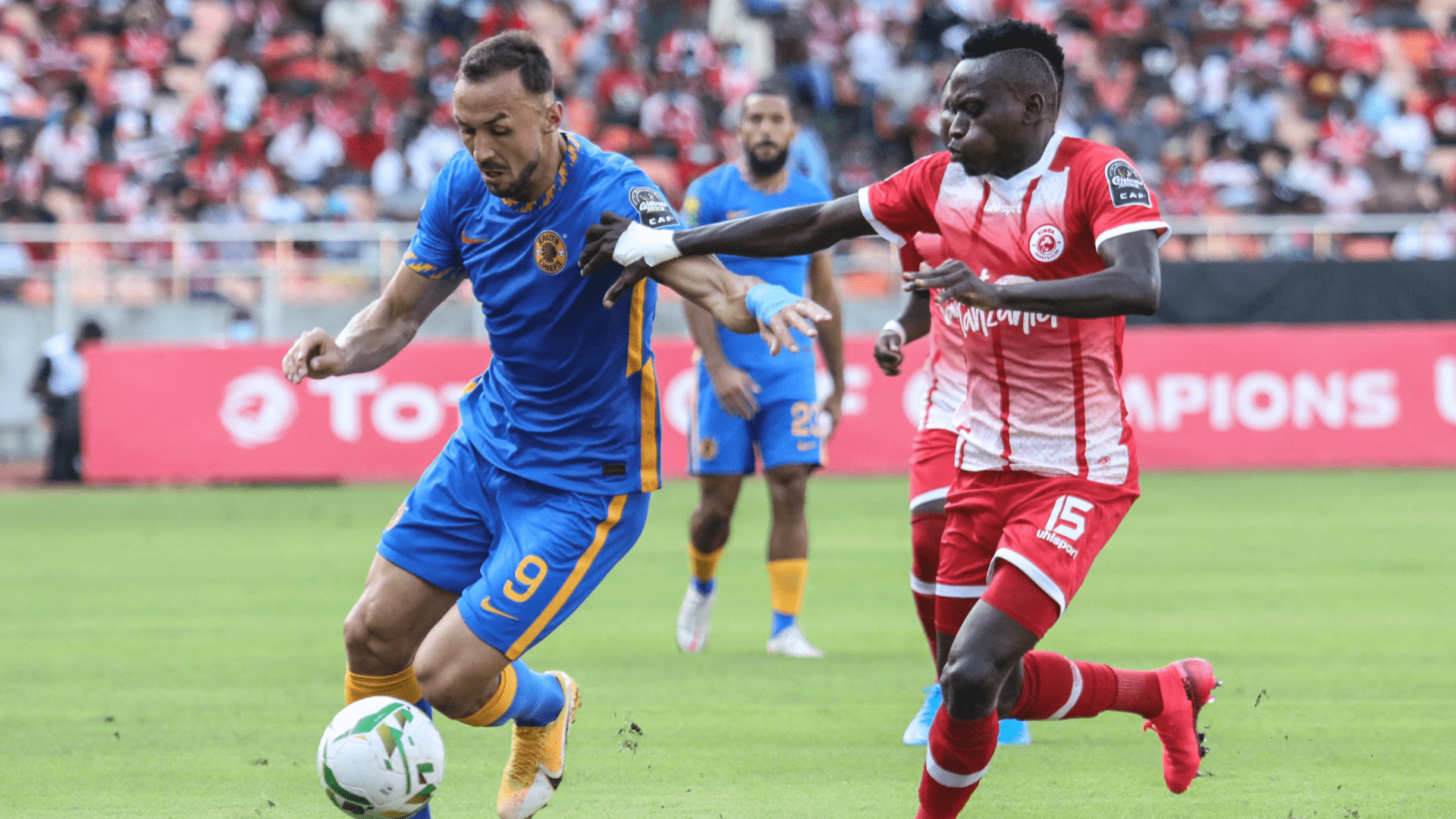It is almost impossible not to feel the vibe around Tanzania club football for any lover of African football, especially on social media.Activities such as Simba Day and Siku Ya Mwanchi are now followed beyond the borders of the East African nation.Journalists and football lovers from far and wide travel to Dar Es Salaam, Tanzania’s capital just to have a feel of this unique football culture.The allure is partly attributable to a superb organisation and marketing that ensures a carnival feel around these events. Celebrated South African coach and former Mamelodi Sundowns and Al Ahly SC manager Pitso Mosimane was a guest of Yanga SC during the last edition of Siku Ya Mwanchi in August. He commented: “My trip to Yanga SC for their Wiki Ya Mwananchi was definitely one for the books. I will never forget this week and the football culture in Tanzania has inspired me so much.”##NAJAVA_MECA_6706220##Kariakor or Dar derby, a clash between the two most storied clubs in Tanzania, Yanga SC and Simba SC, needs no introduction. It is safe to say the rivalry now ranks alongside great derbies in Africa such as Cairo, Casablanca and Soweto.Overall, Ligi Kuu Tanzania, the country’s top-flight, has grown in leaps and bounds in the past years and continues to do so.Backed by a robust television broadcaster that beams live nearly all the league’s fixtures and a vibrant and passionate fan-base that is not as distracted by the glamour of the English Premier League like their counterparts in neighbouring Kenya, Ligi Kuu is now a preferred destination for talents across Africa.Clubs in the country have been able to make a footprint in the continental championships. Simba reached the quarterfinals of the CAF Confederation Cup last season.This growth has nonetheless not reflected at the national level where Taifa Stars, the country’s senior men’s national team, continues to flaunder in the face of opposition.Stars were recently knocked out of the 2022 Championship of African Nations, CHAN qualifiers on 4-0 aggregate by Uganda. The first leg in Dar es Salaam ended 1-0 in favour of the visitors, a humiliating result that prompted demotion of the head coach Kim Poulsen.How Wanyama and Origi helped Bwire overcome depression after Uganda howlerIn his post match comments, the Dutch tactician fell short of outrightly ascribing the poor show to influx of foreign players in Ligi Kuu.“Most of the top players in the Tanzanian Premier League are foreigners, but at the end of the day, we have to work with what we have to produce the desired results,” said the 63-year-old former Singapore U19 and U23 coach.Tanzanian football consultant Michael Mwebe does not agree that too many foreigners in Ligi Kuu is a hindrance to Taifa Stars’ success.zzClubs in the league can sign up to twelve foreign players, but only start eight.”I don’t think so because it is not like we were doing well when they were no foreigners playing here,” Michael told Mozzart Sport.Michael, however, agrees that club football in Tanzania is exalted above the national team.”Simba and Yanga have always been above Taifa Stars. They were formed before the National Team.”As Stars laboured to a loss in Dar, part of Simba SC, excluding players on national duty, played a friendly against Ghana’s Asante Kotoko in Sudan, winning 4-2.Uganda beat Tanzania in Dar. Ligi Kuu is hype!— Bonface Osano (@bonfaceosano) August 28, 2022 For sports in general to do well, Michael holds that more focus should shift to the grassroots.”Tanzania’s biggest issue is grassroots,” he said, adding that, “It is not just football, sports in general is not part of our education system. In third world countries, the education system should always be the backbone of youth engagement in sports. It is in schools and colleges where you can find the highest concentration of youths.He opines that Ligi Kuu growth is not organic and is driven by just a few monied clubs.”Our education system is divorced from sports. Ligi Kuu is mainly driven by two or three teams. It is not organic growth per se, these two teams mask a lot of our issues. While we have all known and accepted Simba, Yanga and Azam are operating on a different level financially to everyone else, the playing field has levelled among the rest,””The rest are getting worse. Clubs are competing at the same level. The mid-table zone has disappeared. The rich are getting richer, the poor are getting poorer that’s why a fourth placed team in the league can go three months without paying salaries.”Tom Legg, a coach who has worked in Tanzania with Azam FC agrees with Poulsen that the best players in Ligi Kuu are foreigners, and attributes this lack of quality amongst local talents to inadequate or lack of youth development by clubs and by extension, the federation.He suggests that part of the windfall from television rights and other revenue streams that Ligi Kuu clubs get should be channeled towards identifying and nurturing talent at the grassroots.##NAJAVA_MECA_6705459##”Apart from Mtibwa Sugar, most Ligi Kuu clubs don’t take youth development seriously,” Tom told Mozzart Sport.Despite boasting good facilities and the financial strength, Tom thinks that Azam FC does not have a strategy for youth development.”Azam can dominate, but they lack a strategic plan; a grand plan on what they want to achieve in terms of youth development despite having junior teams.”Having failed to make the last two World Cups, a similar concern, whether a lot of foreign players in Serie A has contributed to Italy’s lost fortunes, has also been raging.According to Italian journalist Alex Cizmic, “we should always look for a balance.” MICHAEL MWEBE: Is the Morrison baggage worth the unexpected, inconsistent moments of brilliance?”Having a lot of foreign players that prevent local players from growing and improving is not good. We should always look for a balance because foreign players can bring new knowledge; they can bring a different vision and way of approaching football.”

